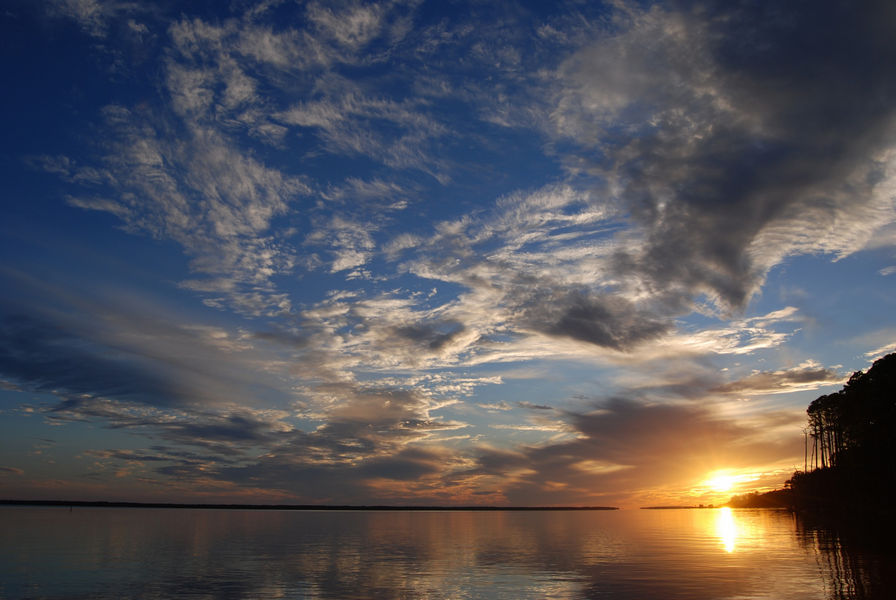Apalachicola National Estuarine Research Reserve (ANERR) accomplishes resource management by physically conducting management activities on the resources for which it has direct management responsibility and by influencing the activities of others within and adjacent to ANERR's managed areas and watershed. These activities and the resultant changes in environmental conditions affect the condition and management of the resources within their boundaries.
Coastal watersheds are especially sensitive to upstream activities affecting water quality and quantity. Most efforts have been directed toward the reintroduction of prescribed fire, invasive species control, cultural resource identification and protection, and land acquisition.
ANERR has been instrumental in the development of the Apalachicola Regional Stewardship Alliance. ARSA is a partnership of mostly regional land managers and others interested in cooperative resource management efforts. ARSA is developing a memorandum of understanding to facilitate that effort. Initial signatories to the agreement will include:
- Florida Department of Environmental Protection.
- U.S. Fish and Wildlife Service.
- Florida Fish and Wildlife Conservation Commission.
- Northwest Florida Water Management District.
- U.S. Forest Service.
- The Nature Conservancy.
- Florida Forest Service.
- National Interagency Prescribed Fire Training Center.
Prescribed Fire
Of the approximately 6,800 acres of ANERR managed lands within its boundary, some 6,574 are under fire management. The remaining acreage is mostly small (<1.5 acres), fragmented lot-parcels that are disconnected from larger parcels and are separated by roads or other features. ANERR has the opportunity to practice natural fire regime management on 2,182 of those acres (Little St. George Island).
The island, with mostly slash pine cover, experiences lightning strikes and the occasional resultant fire. Staff remains on the island to protect structures and ensure visitor safety during the fires. If severe conditions exist, action is taken to extinguish the fire. There are no privately owned assets on the island.
Invasive Plant Control
Chinese tallow, Japanese climbing fern, Brazilian pepper and cogon grass are species that have occurred on ANERR managed lands. Staff routinely survey for invasive species, and treatment is effected when infestations are found. Staff uses herbicide application techniques recommended by FWC Bureau of Invasive Plant personnel. Staff has formed a partnership with The Nature Conservancy, Northwest Florida Program, to further invasive species work within the Apalachicola River basin.
The Invasive Working Group (IWG) is a subcommittee of the Apalachicola Regional Stewardship Alliance. IWG coordinates support for local private and public land holders for invasive species control.
Much of ANERR's managed lands are accessible only by boat. The Lower River Marshes contain no facilities or structure but have historically been easily accessible for fishing and sightseeing via small boat. Office of Resilience and Coastal Protection lands have generally and historically not been available for hunting. The Lower River Marshes have recently been included in the Apalachicola River Wildlife and Environmental Area for hunting access and regulated as such by the FWC.
Other activities available include birding, sightseeing and kayaking. Staff performs intermittent surveys of the parcel's myriad creeks and lakes to remove trash and ensure no hazards are present.


